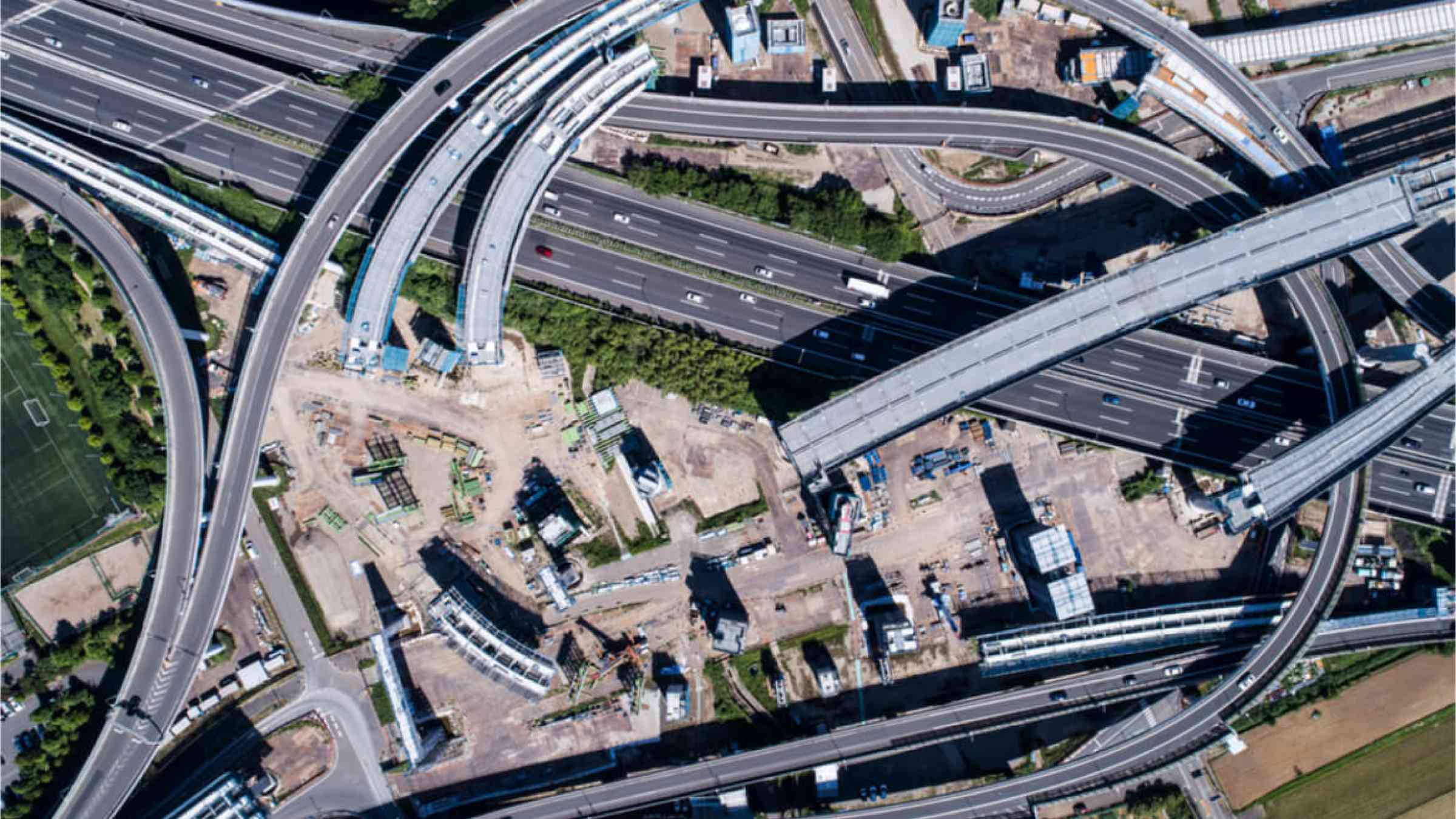WRC5 Technical Session: Addressing Critical Infrastructure Recovery
Watch this session on-demand
Evidence shows that infrastructure systems are increasingly affected by natural and man-made hazards, and the impacts of climate change. The COVID-19 pandemic has particularly shown the breadth of the consequences of systematically underinvesting in resilience. As recovery packages are readied and implemented, recovery efforts must build resilience and sustainability into infrastructure systems and networks. Recovery strategies can strengthen resilience of key sectors which provide the first line of defence against disasters and the negative impacts of climate change.
However, today’s reality is that disaster recovery too often is unplanned, and underfinanced. Preparedness to build back better remains limited and is usually addressed only as a post-disaster consideration. Given the growing frequency and intensity of disasters, more needs to be done to allocate necessary resources and develop capacity for recovery actions that build resilience and reduce risk across sectors.
Session objectives
- Improved understanding of the role and importance of resilient infrastructure for recovery
- Strengthening policy instruments to integrate and finance resilient infrastructure.
- Identifying ways for improved data collection as a basis for evidence-based decision-making and financing of infrastructure recovery
Moderator
- Mr. Abhilash Panda, Deputy Chief for Intergovernmental processes, Partnerships Branch and the Head for Infrastructure Resilience, the United Nations Office for Disaster Risk Reduction (UNDRR)
Panelists
- Mr. Ranjith Dissanayke, Secretary of Infrastructure, Sri Lanka
- Mr. Igor Linkov, Senior Scientific Technical Manager, USACE and Adjunct Professor, University of Florida
- Ms. Liz Varga, University College London
- Mr. Shaun Tarbuck, International Cooperative and Mutual Insurance Federation (ICMIF)
- Mr. Ajay Makhija, Team Leader, Infrastructure Resilience, Planning & Sector Partnerships, National Emergency Management Agency, Government of New Zealand
- Mr. Bijay Kumar, Executive Director, Global Network of Civil Society Organisations for Disaster Reduction (GNDR)
Learn more
Where do we stand
Evidence shows that existing infrastructure systems are increasingly being affected by natural and man-made hazards, and from the impacts of climate change. According to reports, infrastructure disruptions impose costs between $391 billion and $647 billion a year in low and middle-income countries. Investing in disaster risk reduction is thus a precondition for developing sustainably in a changing climate.
However, today’s reality is that disaster recovery too often is unplanned, and underfinanced. Preparedness to build back better remains limited and is usually addressed only as a post-disaster consideration. Given the growing frequency and intensity of disasters driven by climate change, more needs to be done to allocate necessary resources and develop capacity for recovery actions that build resilience and reduces risk across sectors.
Improved data collection on loss and damage to infrastructure and related services through the Sendai Framework Target D and the Damage, Loss and Needs Assessment mechanisms could support planning, decision-making and investments. That said, a recent analysis by UNDRR and UNDP of 57 PDNA processes under the DaLA methodology, conducted worldwide over the last decade, has shown that service disruptions are estimated on a lower ratio when compared to physical damages, thus missing the opportunity to gain comprehensive understanding of mid- and long-term impacts of disasters on infrastructure systems and the communities that depend on them.
Session guiding questions
- How can recovery strategies be used to strengthen resilience of key infrastructure sectors?
- How can we ensure that recovery of infrastructure is planned in such a way so as to ensure resilience against future disasters?
- How can data collection and reporting on infrastructure losses and damages, and service disruptions, at the local, national and regional levels be improved?
- What are some options for financing resilience in infrastructure recovery? How do we integrate resilience in the current COVID-19 recovery and stimulus packages?

Agenda
Location
BICC Ground Floor
Online access
Participation
Open to those registered for the conferenceInterpretation
EN, FR, ESDetails
Contact
Helen Ng [email protected]; Erick Gonzales Rocha [email protected]